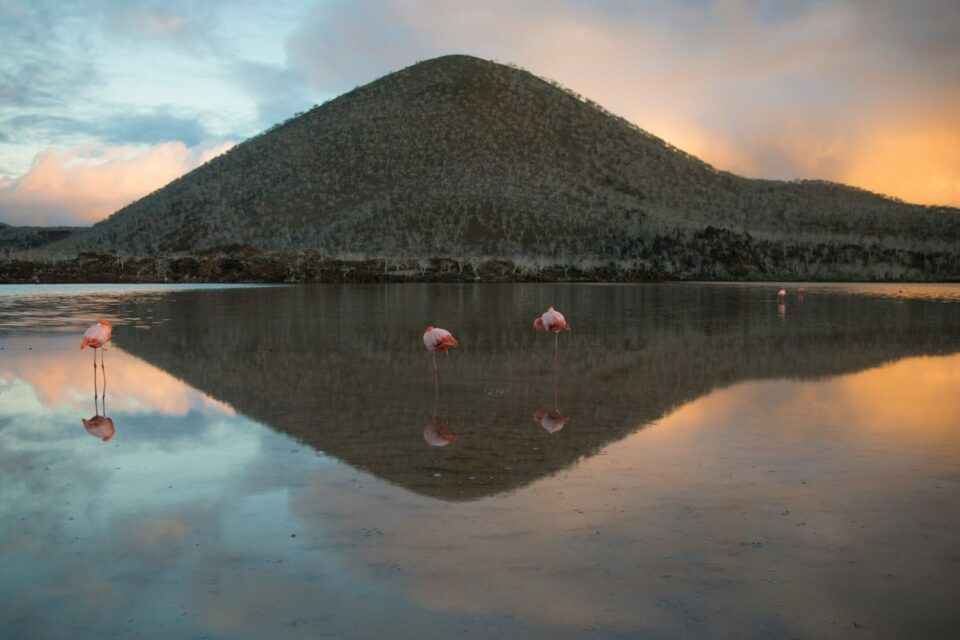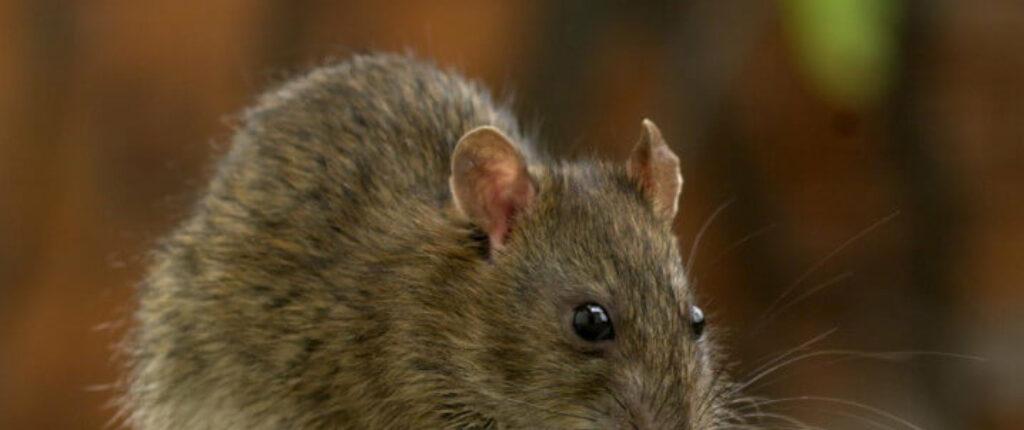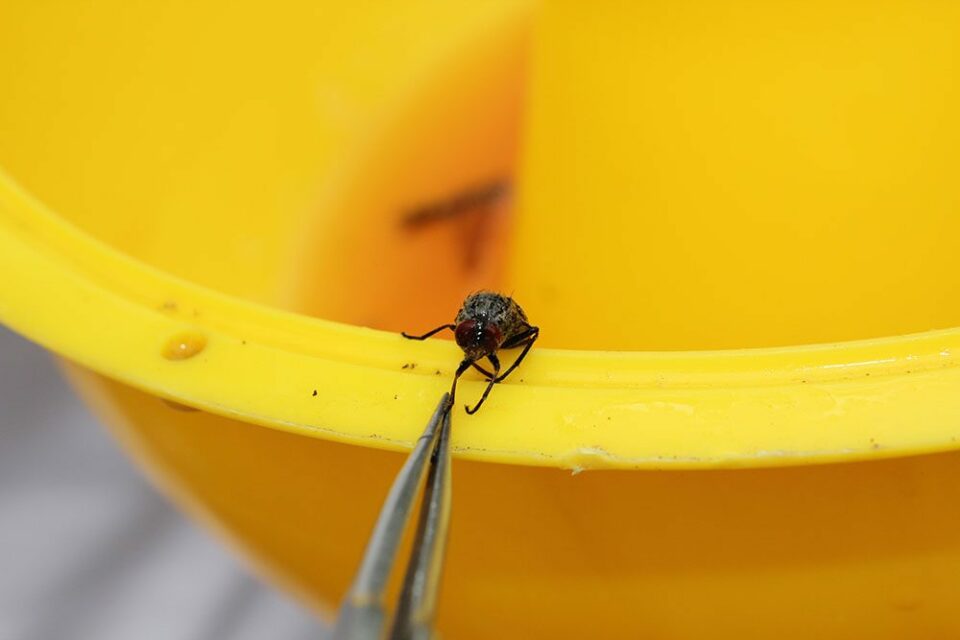
Common name:
Black rat
Scientific name:
Rattus rattus
Spanish name:
Rata negra
Conservation status:
Least Concern
Average lifespan:
3 - 5 years
Average size:
16 - 22 centimetres
Average weight:
150 - 230 grams
Overview
Black rats first reached the Galapagos Islands in the holds and living spaces of visiting pirate and trade ships, just after first European contact in the 17th century.
Native birds breeding in the Archipelago are often ground nesting, meaning that eggs and young hatchlings are particularly vulnerable to new predators, and several of the Islands’ unique bird species are now Critically Endangered. Egg predation by rats also affects reptiles. In the 1960s, conservationists on the island of Pinzon noticed that all the giant tortoises they saw were almost a century old. Due to invasive rats, not a single young tortoise had survived the egg or hatchling stage for several decades.
Invasive rats also threaten the Islands’ own species of rice rats, namely, the small and large Fernandina rice rats, the Santiago rice rat, and the Santa Fe rice rat, each restricted to a single island. Of these, the Santiago rice rat is the only one to survive competition with invasive rats, as the latter are absent on Fernandina and Santa Fe. Three other rice rat species have already been driven to extinction by both direct competition with black rats, and by the diseases they carry.
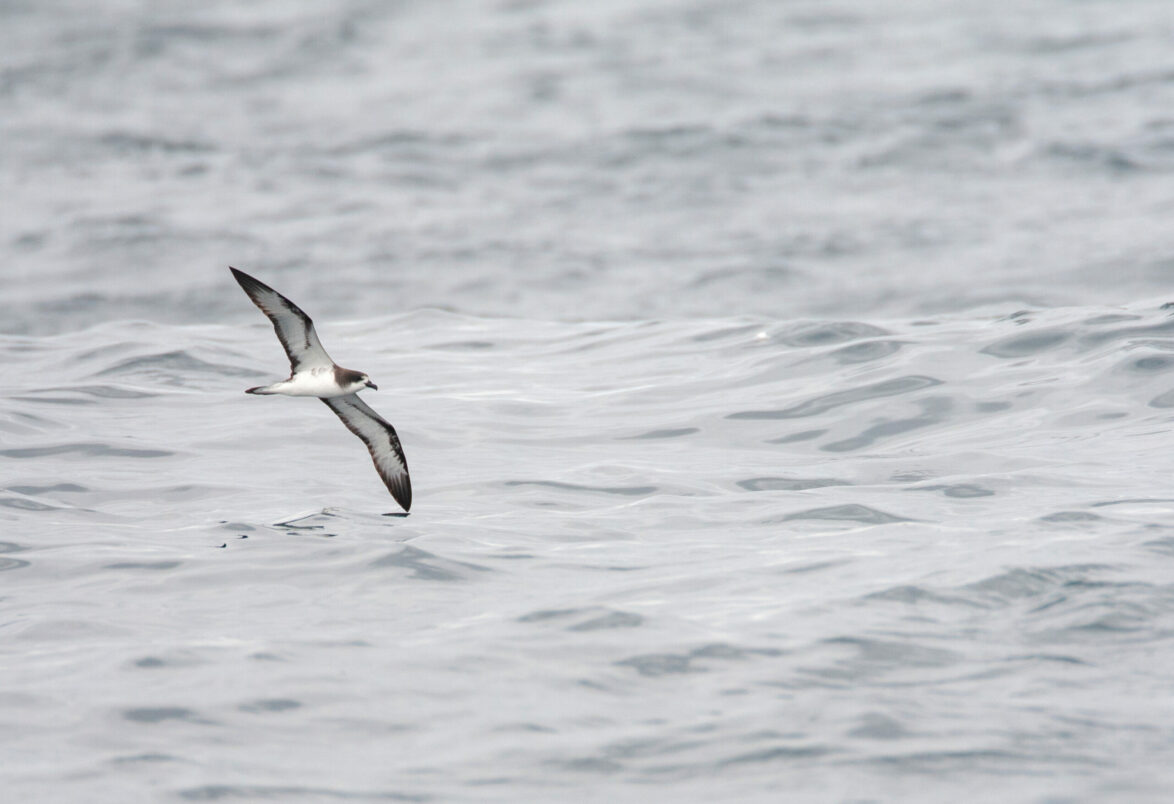
Conservation actions
Despite the considerable harm caused by invasive rats, things started to look more hopeful in 2007 with the start of Project Pinzon. This ambitious initiative aimed to successively clear rats from North Seymour island, Rabida and Pinzon (plus many other smaller islands) by dropping poisoned rat bait from helicopters. Early tests showed no major risks to other animals, but nobody took any chances – a small population of tortoises from the targeted islands was taken into captivity just in case. 2012 saw the final phase of this project on Pinzon, with 45 tonnes of bait dropped over 18 square kilometres. It was a success – Pinzon, Rabida, and North Seymour are now all rat-free. Furthermore, in December 2014, the first new giant tortoise hatchlings were seen for more than a century. On the cleared islands, populations of reptiles and seabirds, including the Galapagos petrel, have already started to increase. Careful and frequent monitoring is needed to ensure that rats do not return, as there is always a risk black rats could be reintroduced to these islands by boat.
Project Pinzon was so successful that it has now been extended into its fourth phase – Project Floreana. Previous rat eradication attempts have focused on remote, mostly uninhabited islands. Floreana will certainly provide unprecedented challenges, with its human population and 173 square kilometre area. Work on Floreana is ongoing, but, if successful, would set a shining example to the rest of the world of what conservation can achieve.
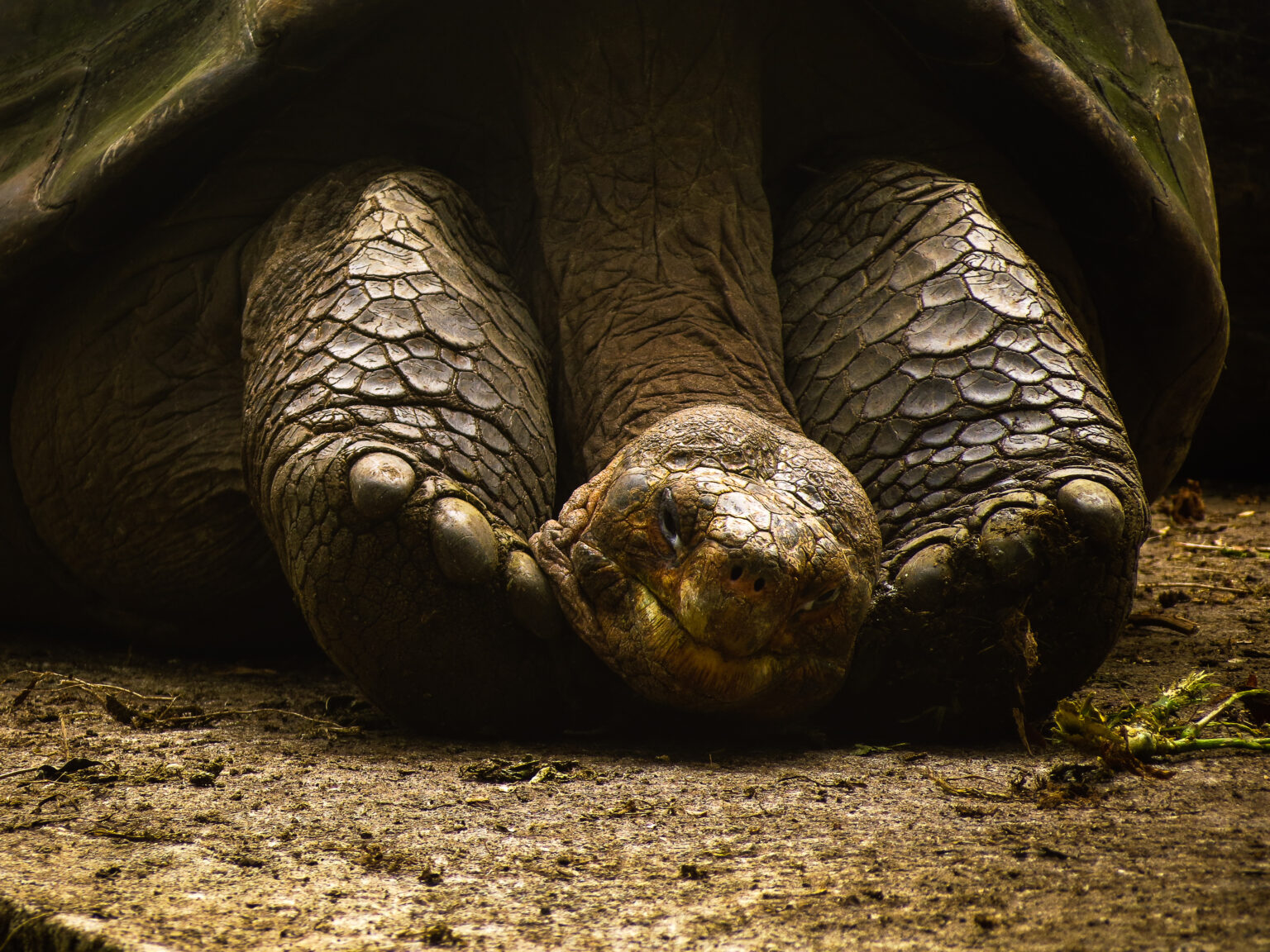
How you can help
Please help us control invasive species and restore islands in Galapagos by donating today.
Read more about black rats...

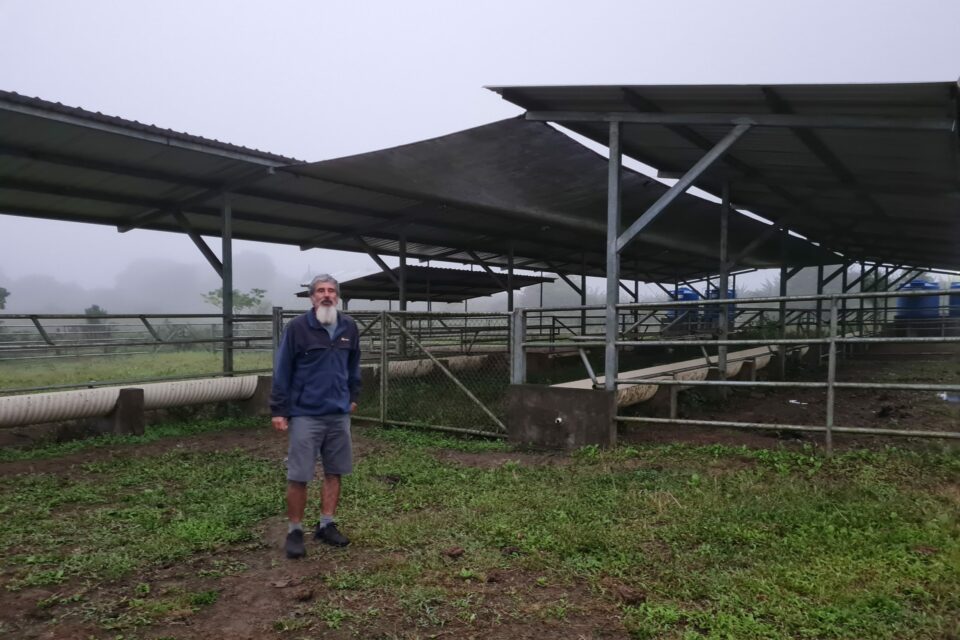
Restoring Floreana: A local perspective
